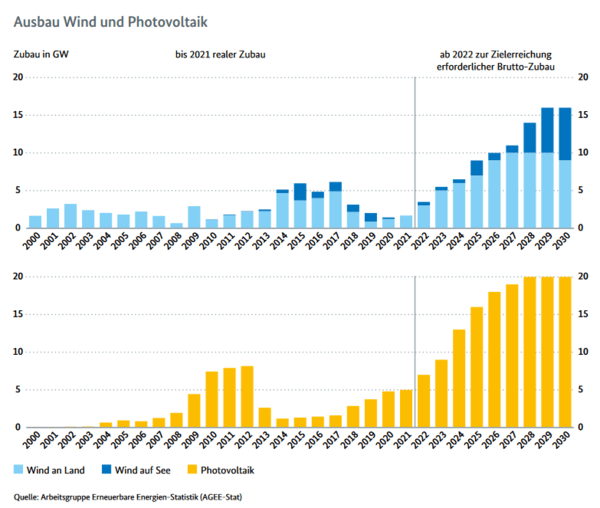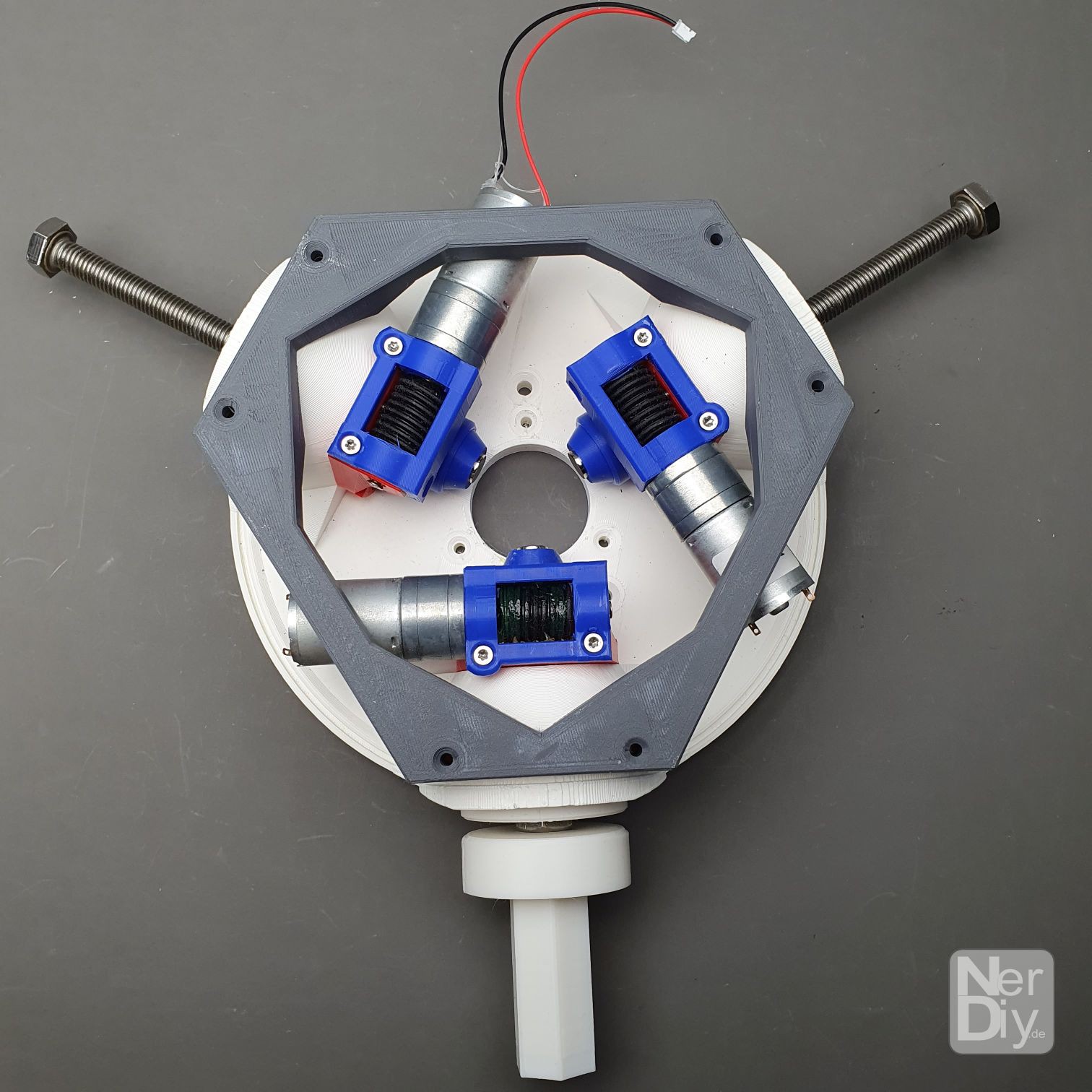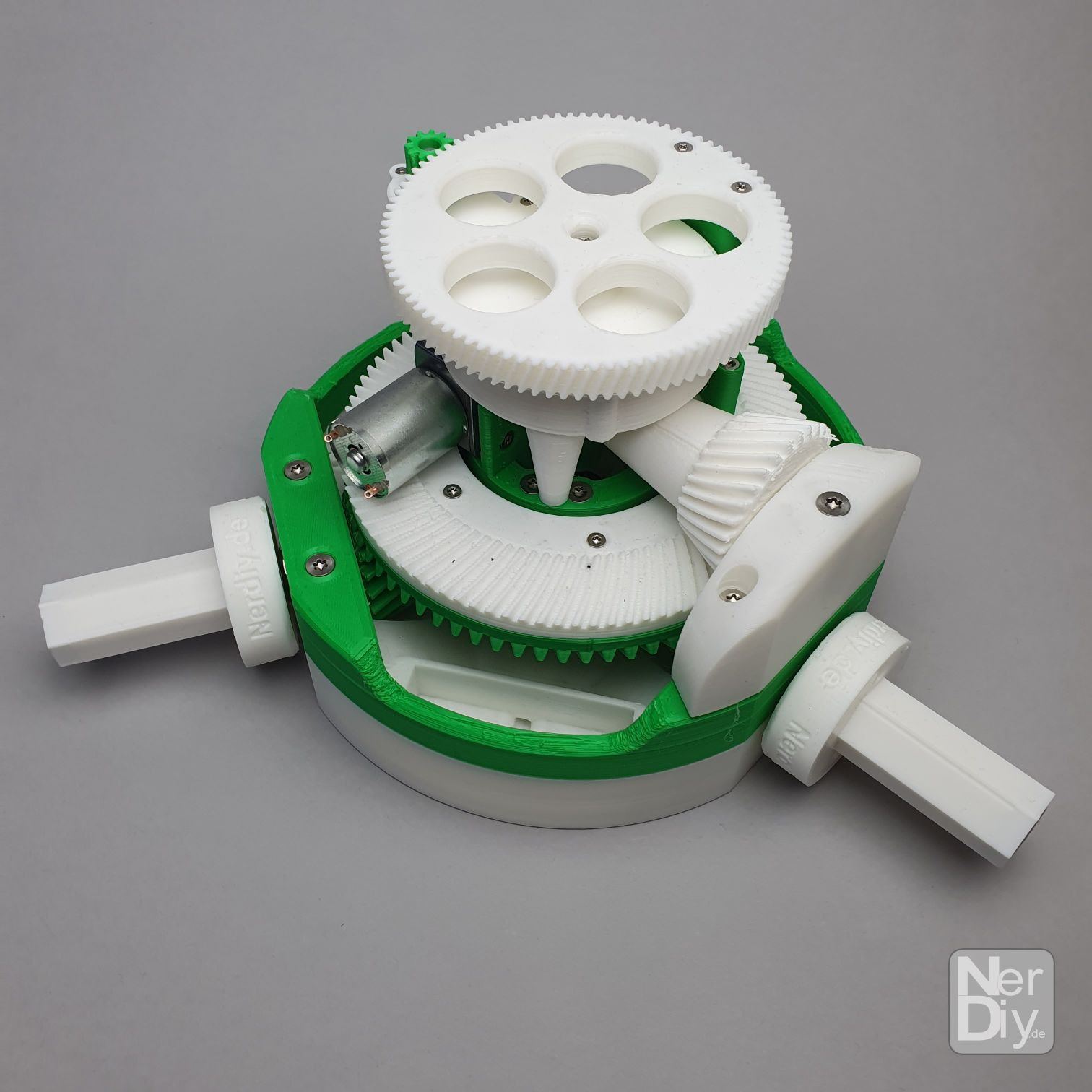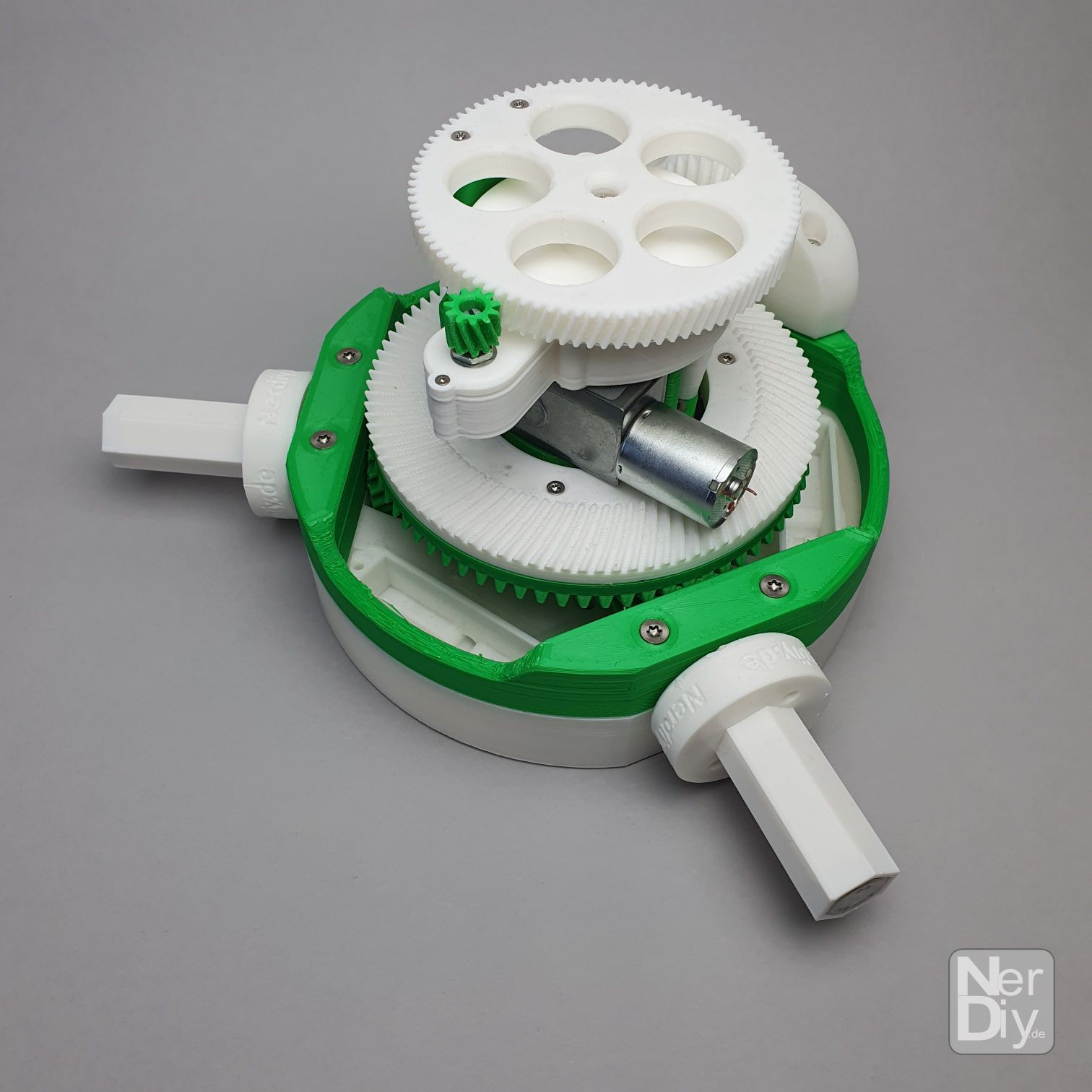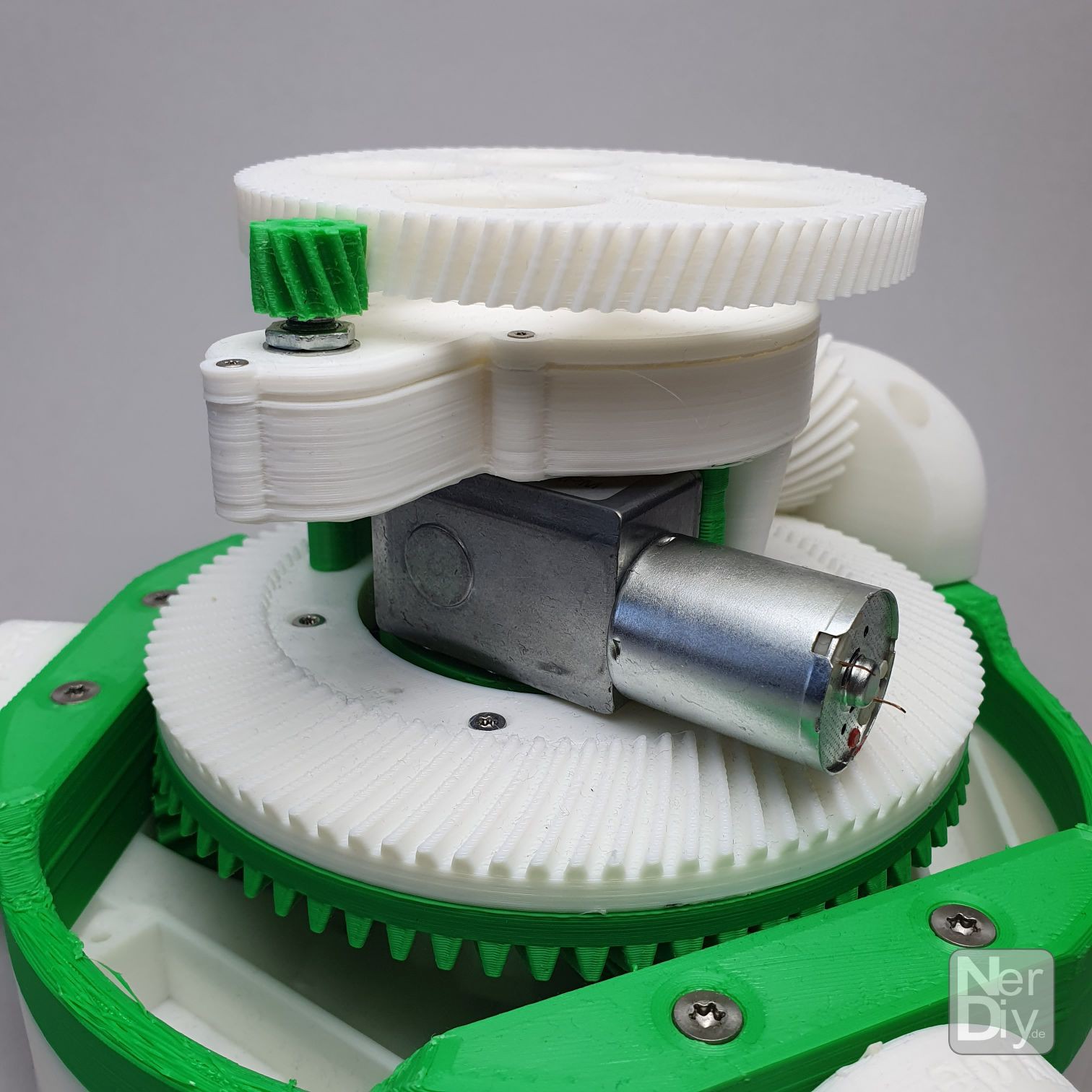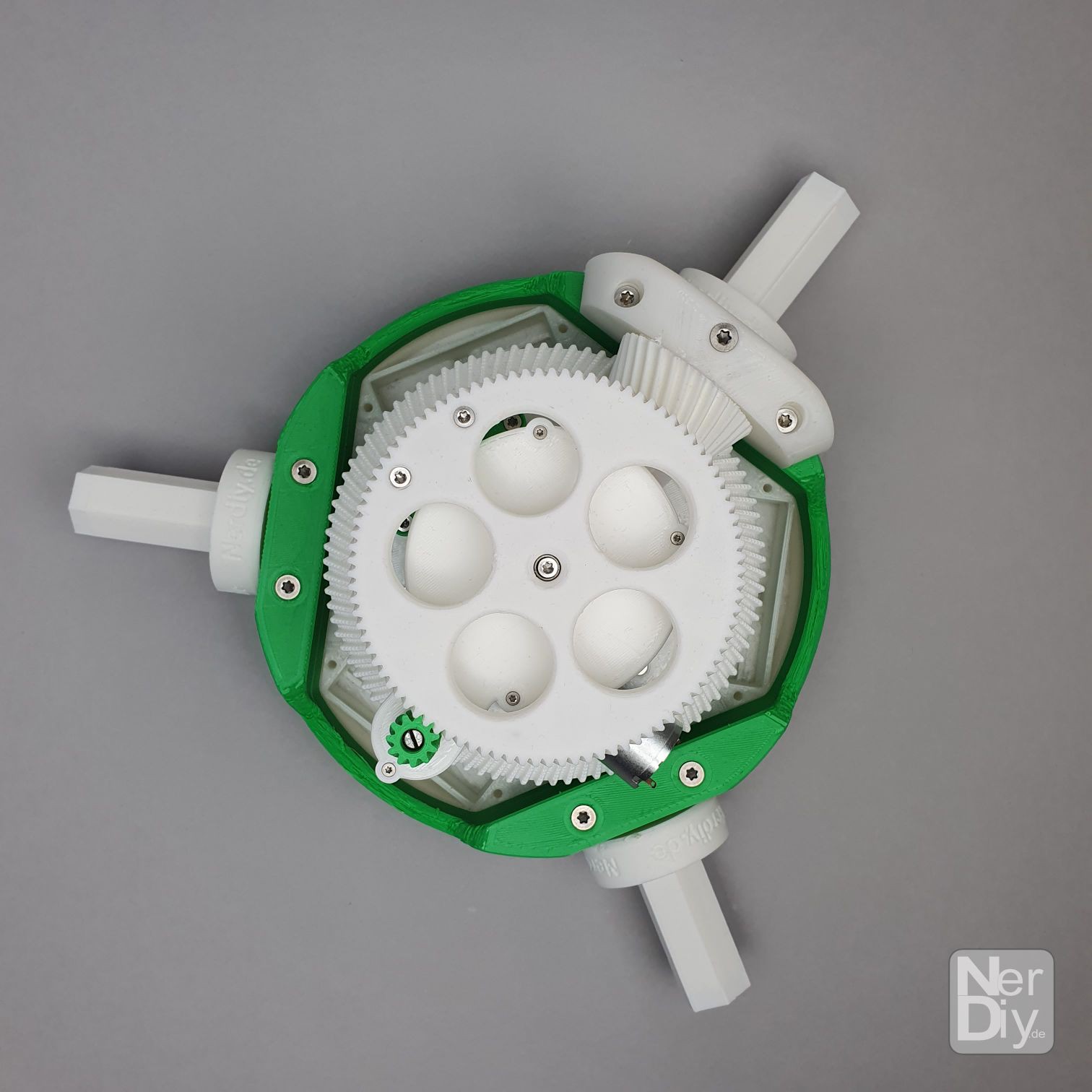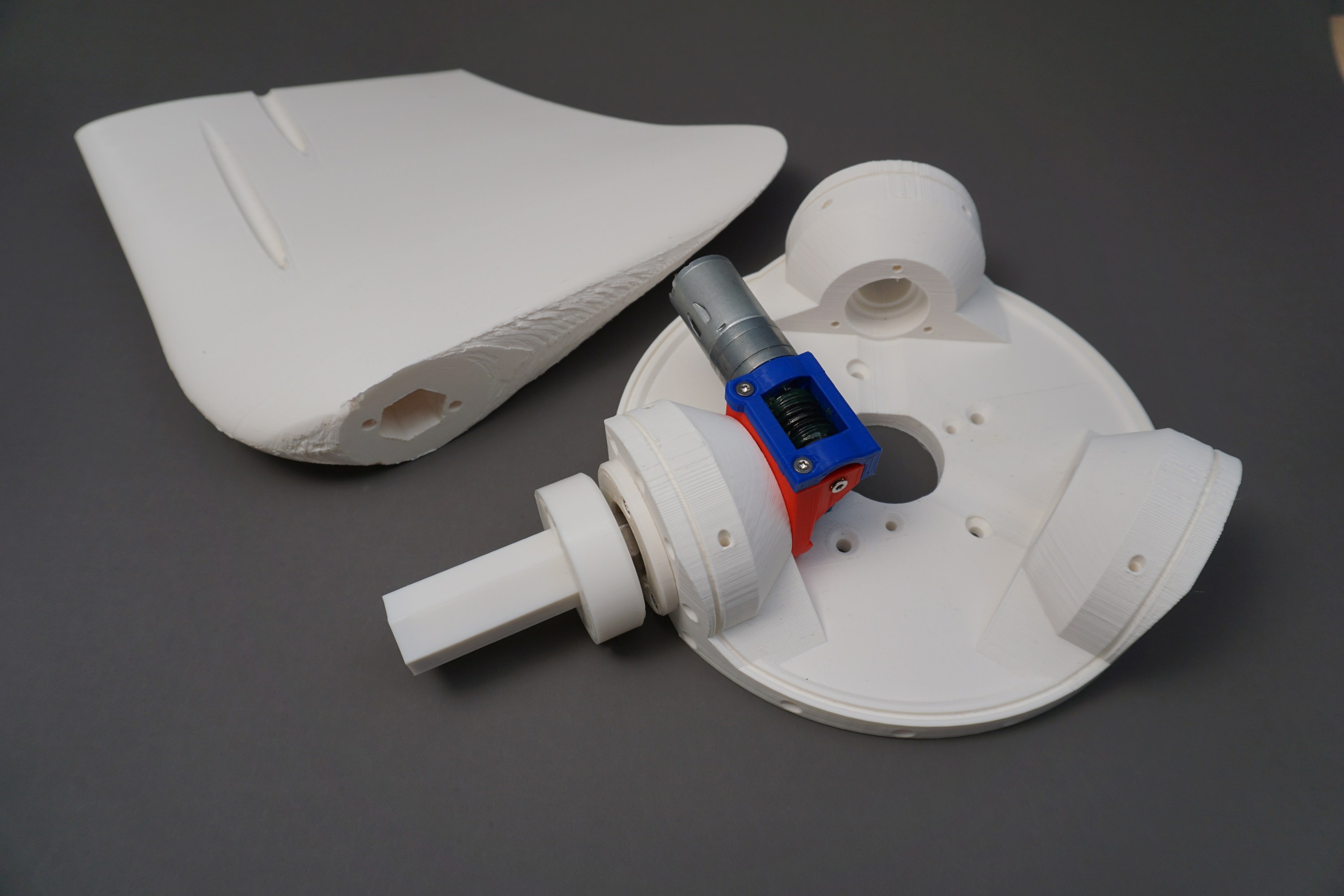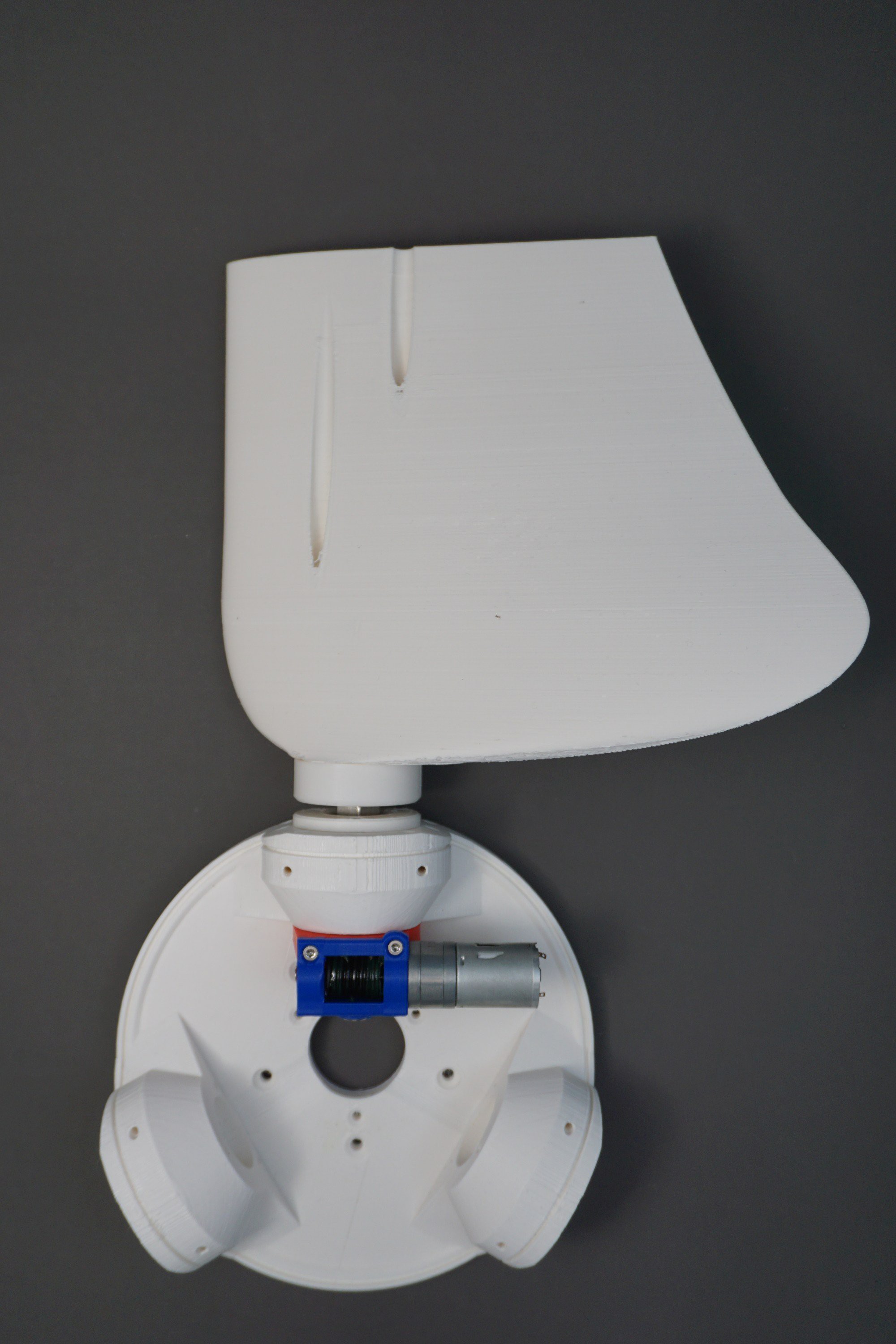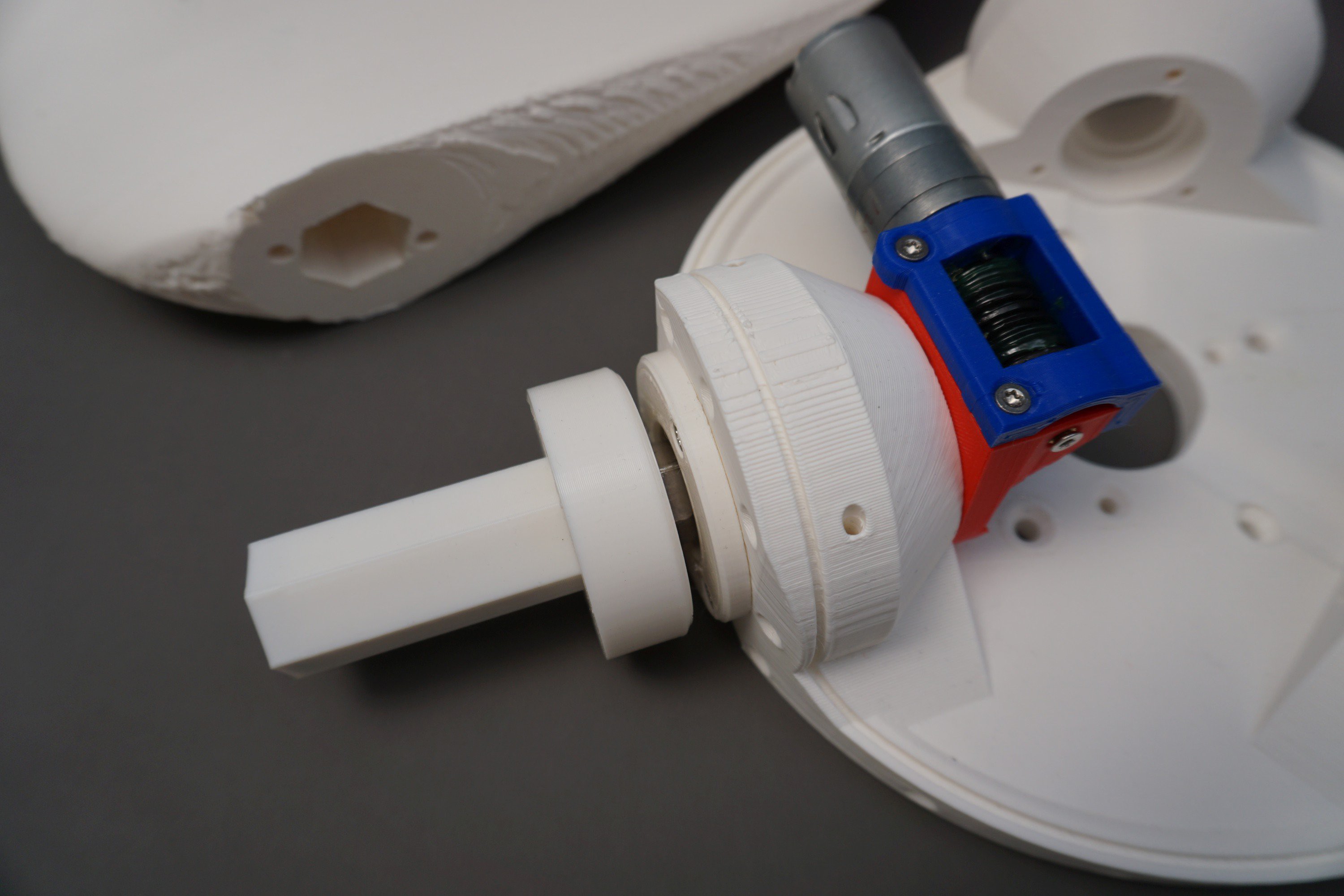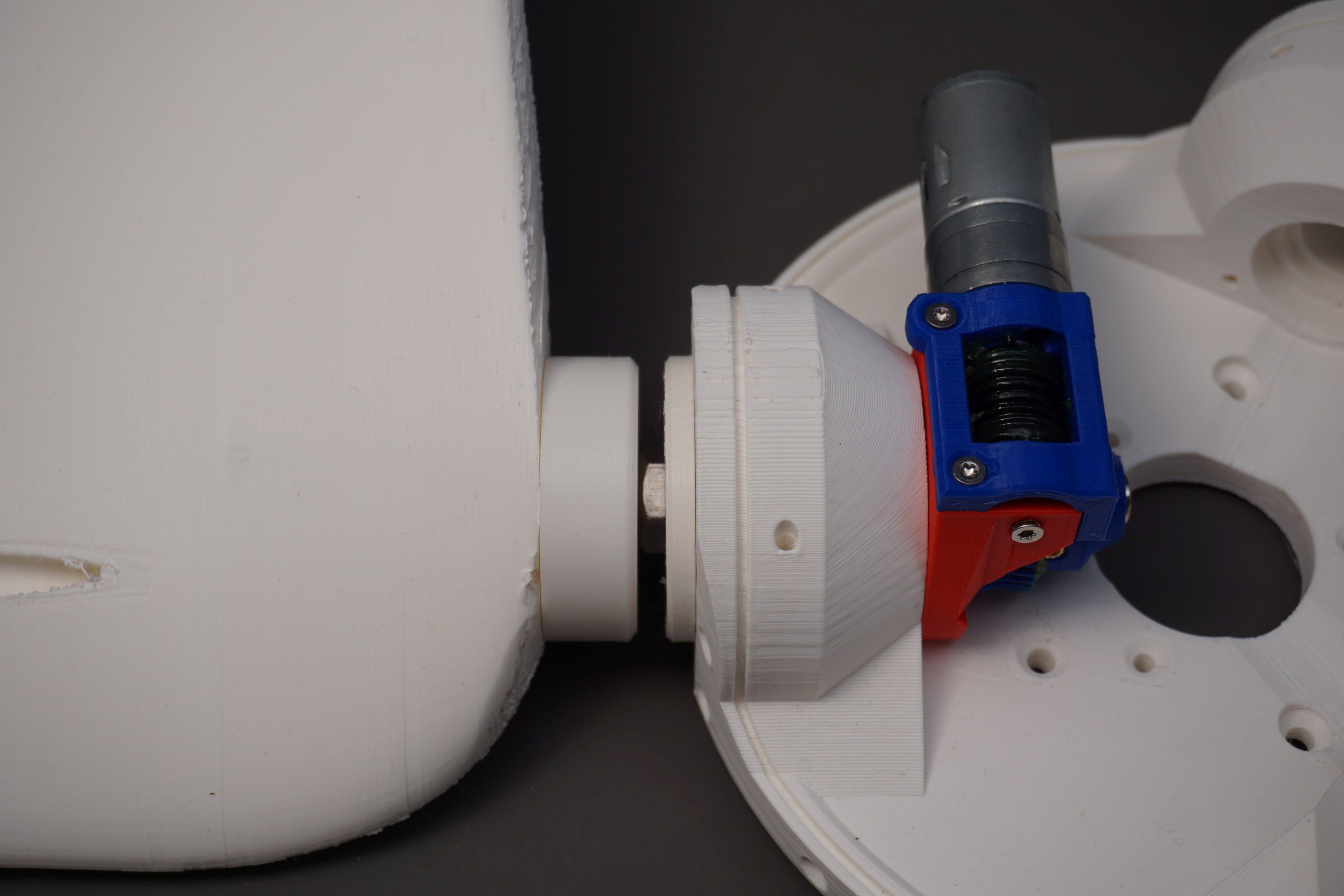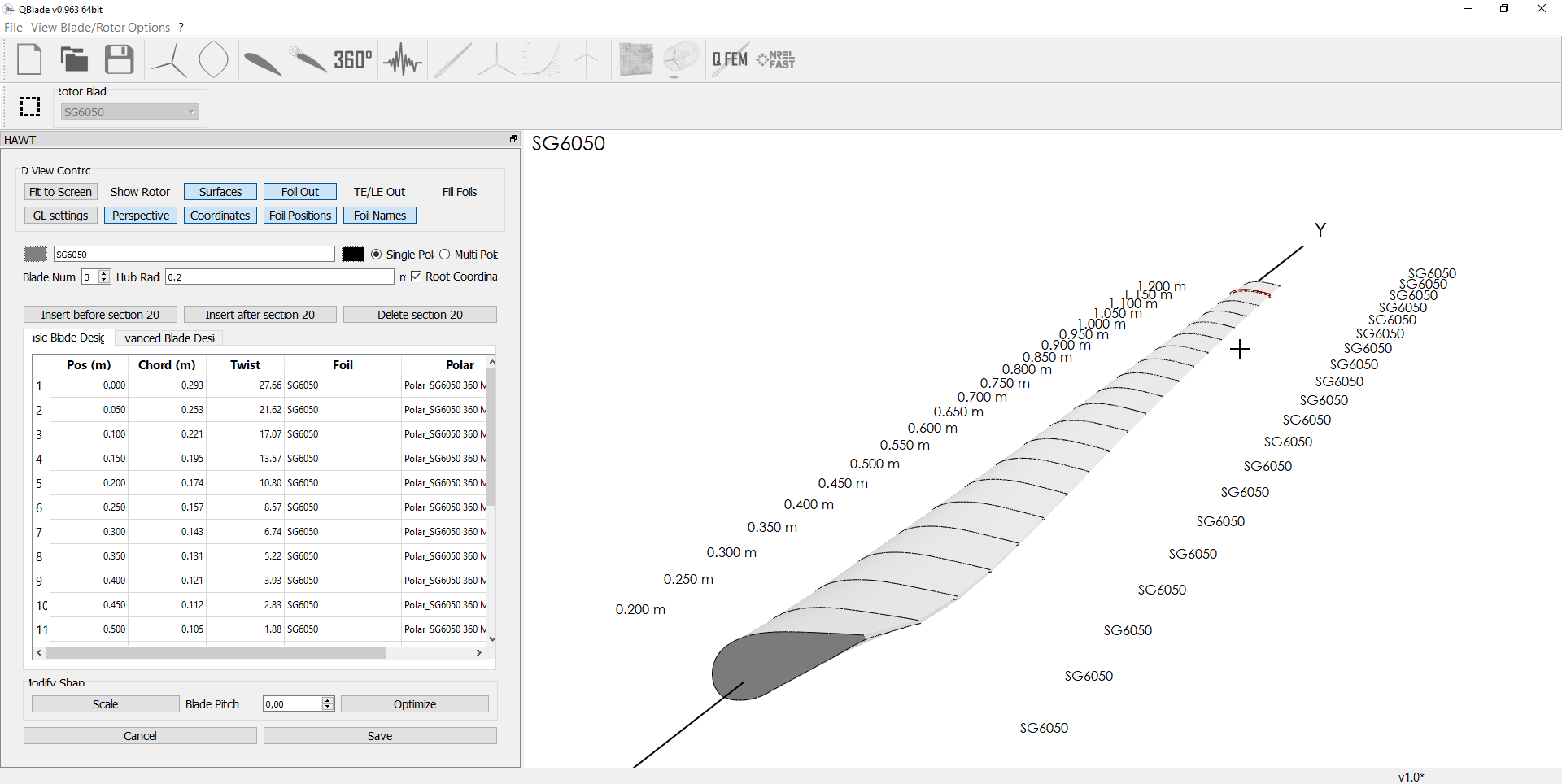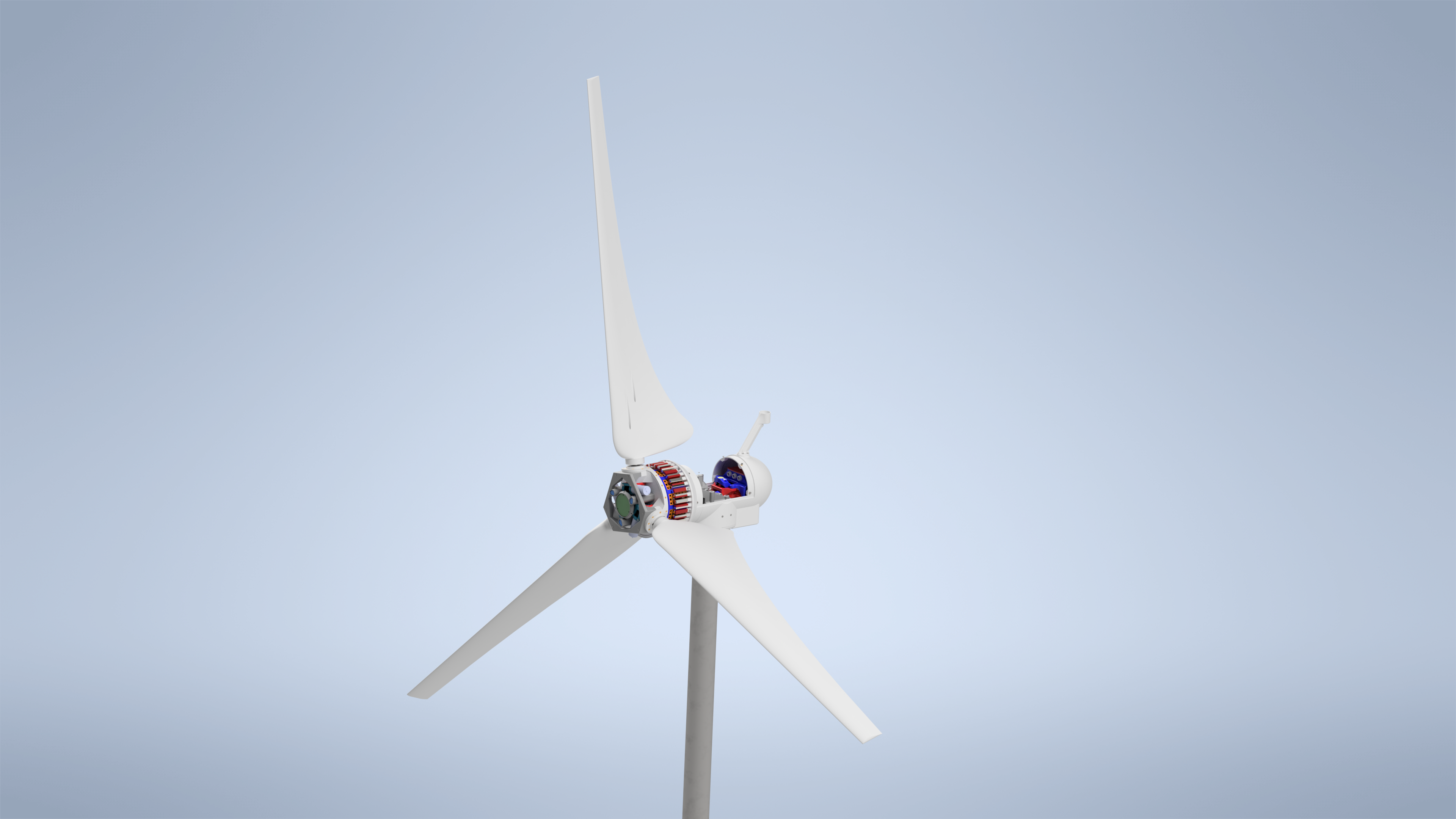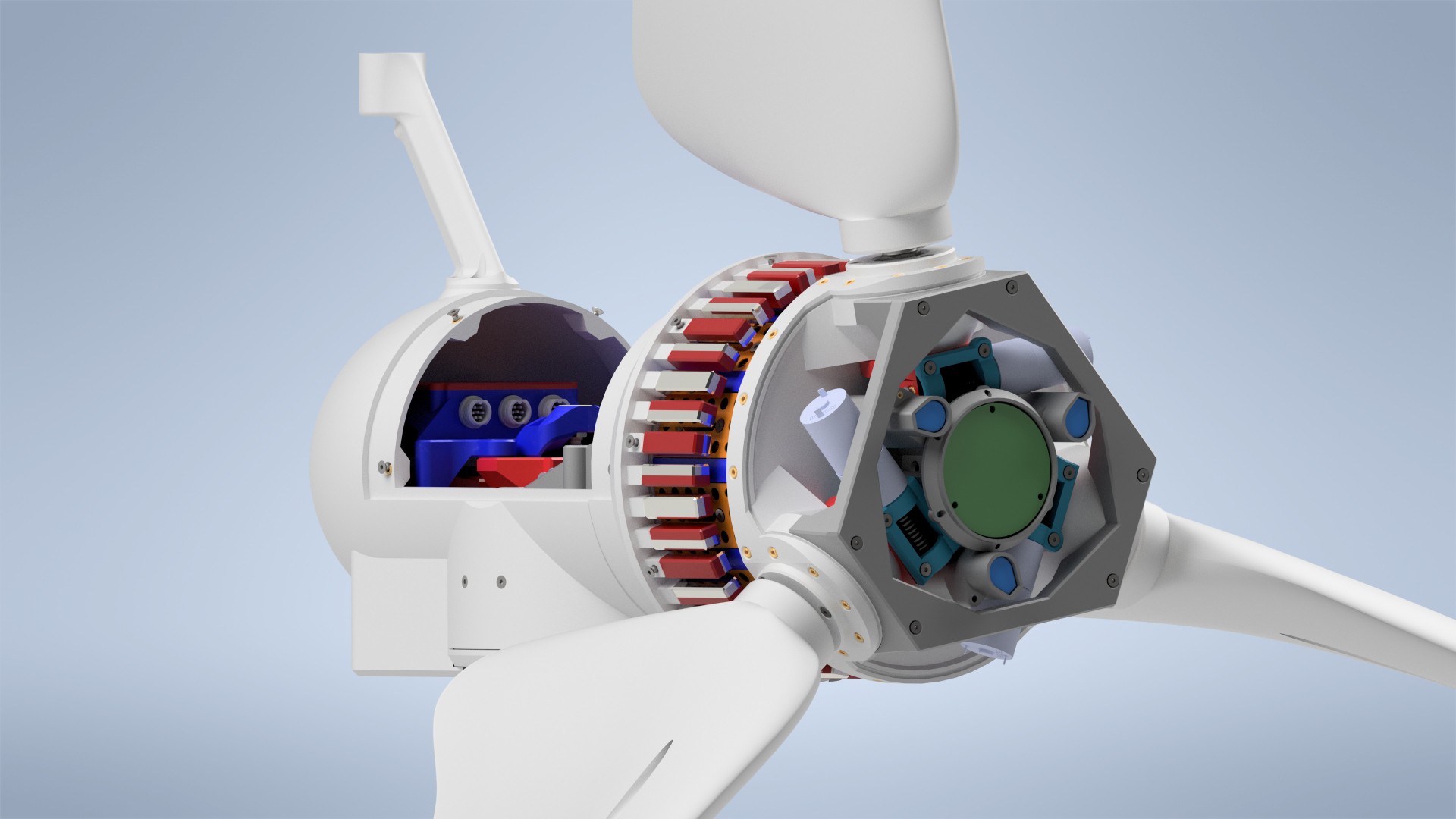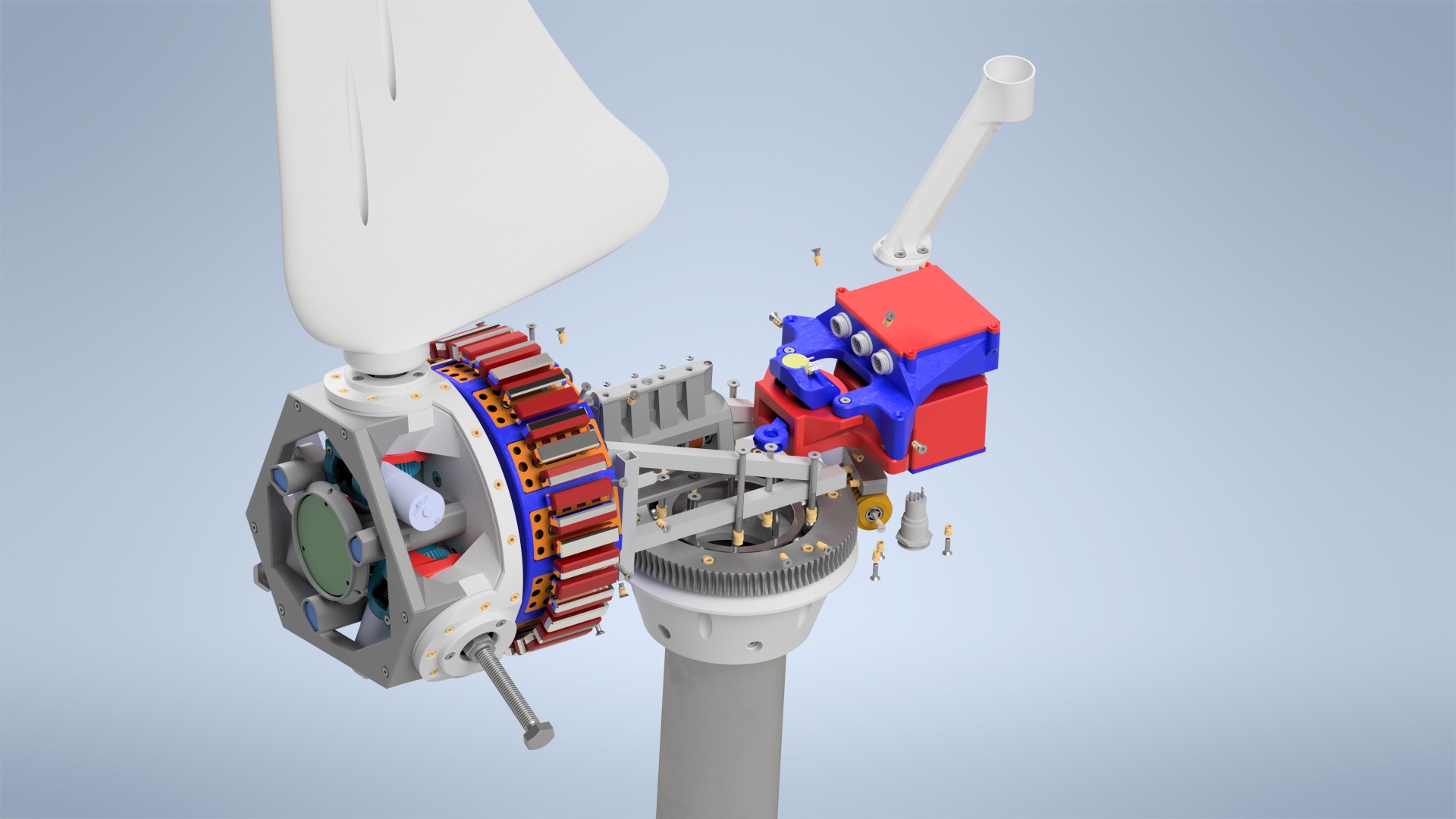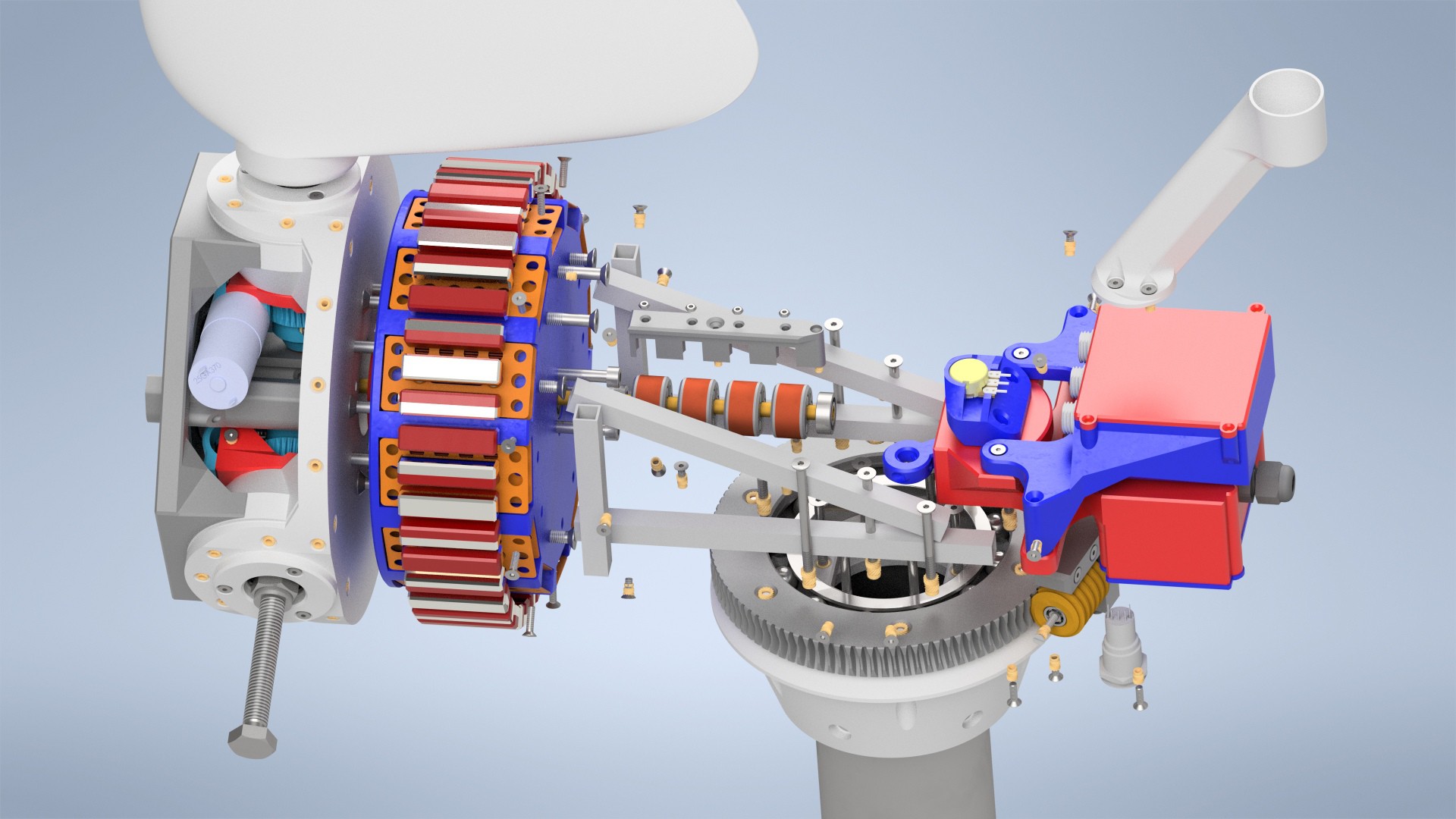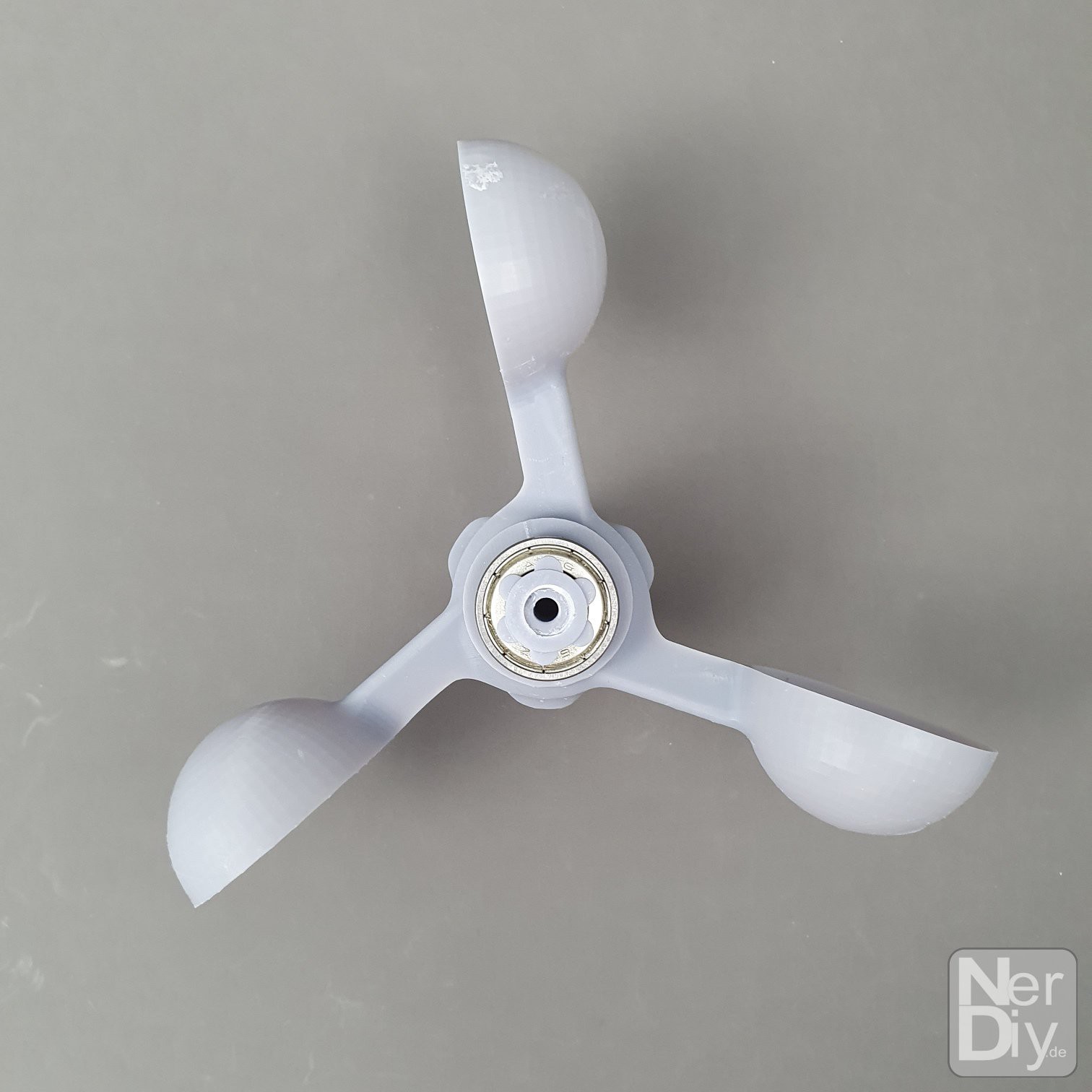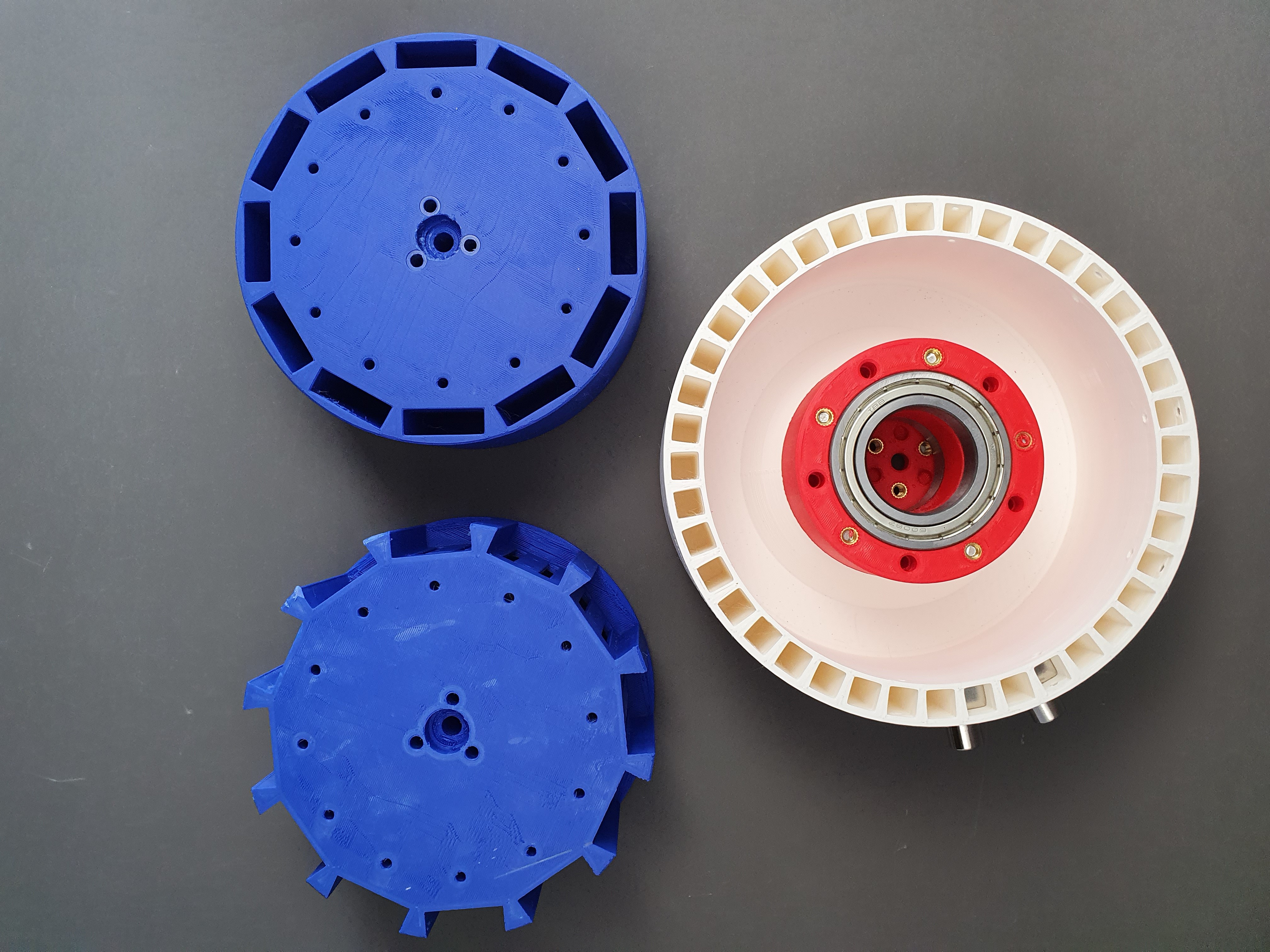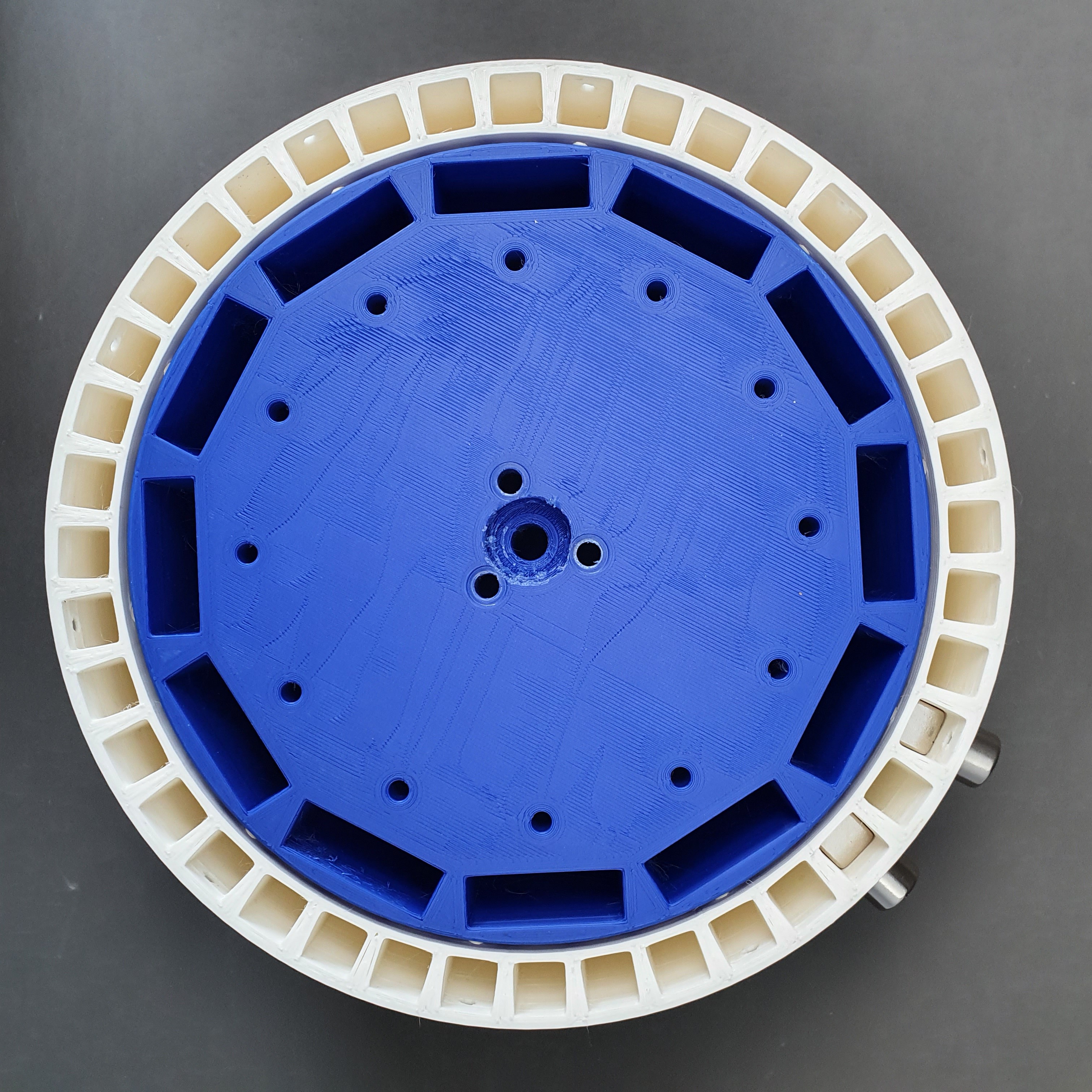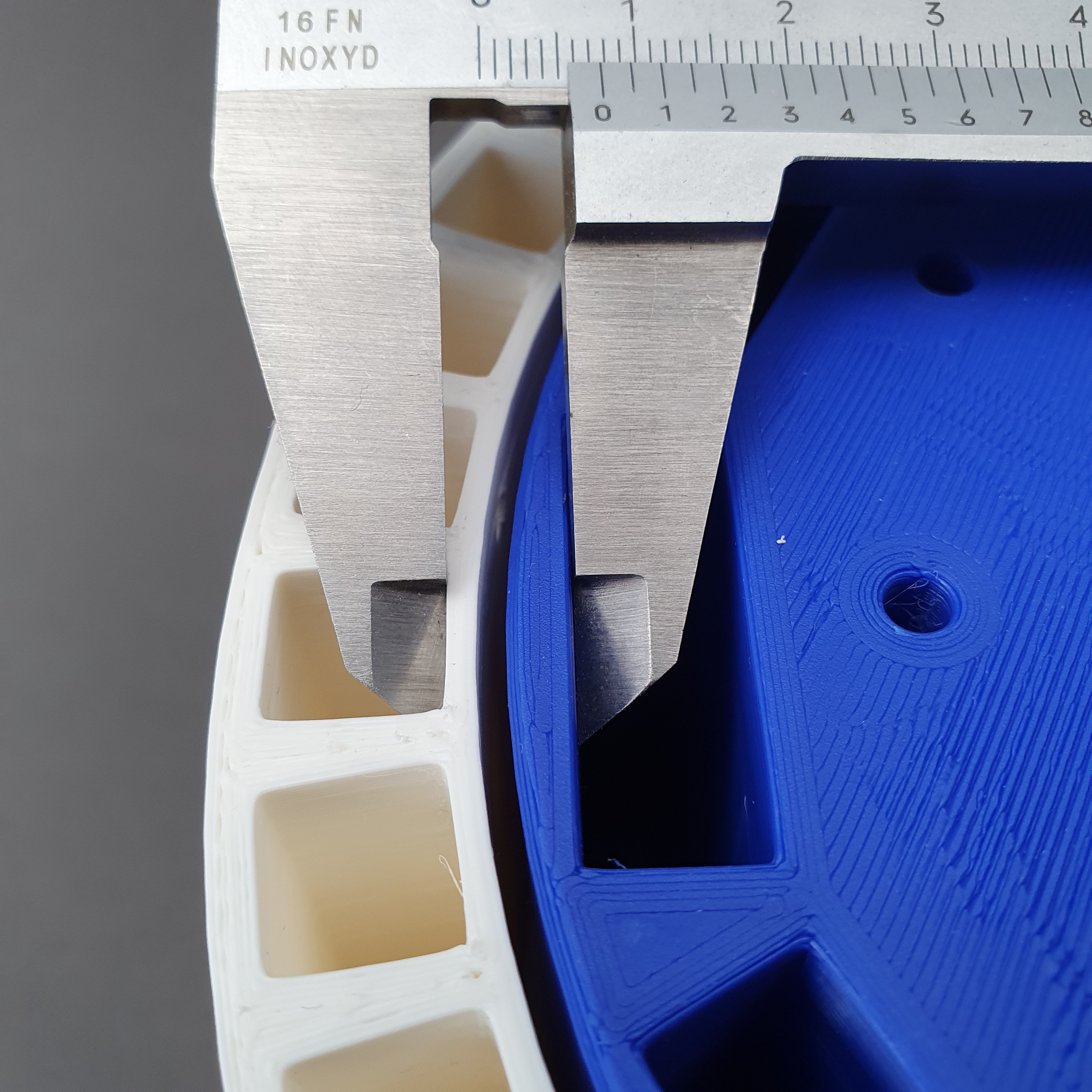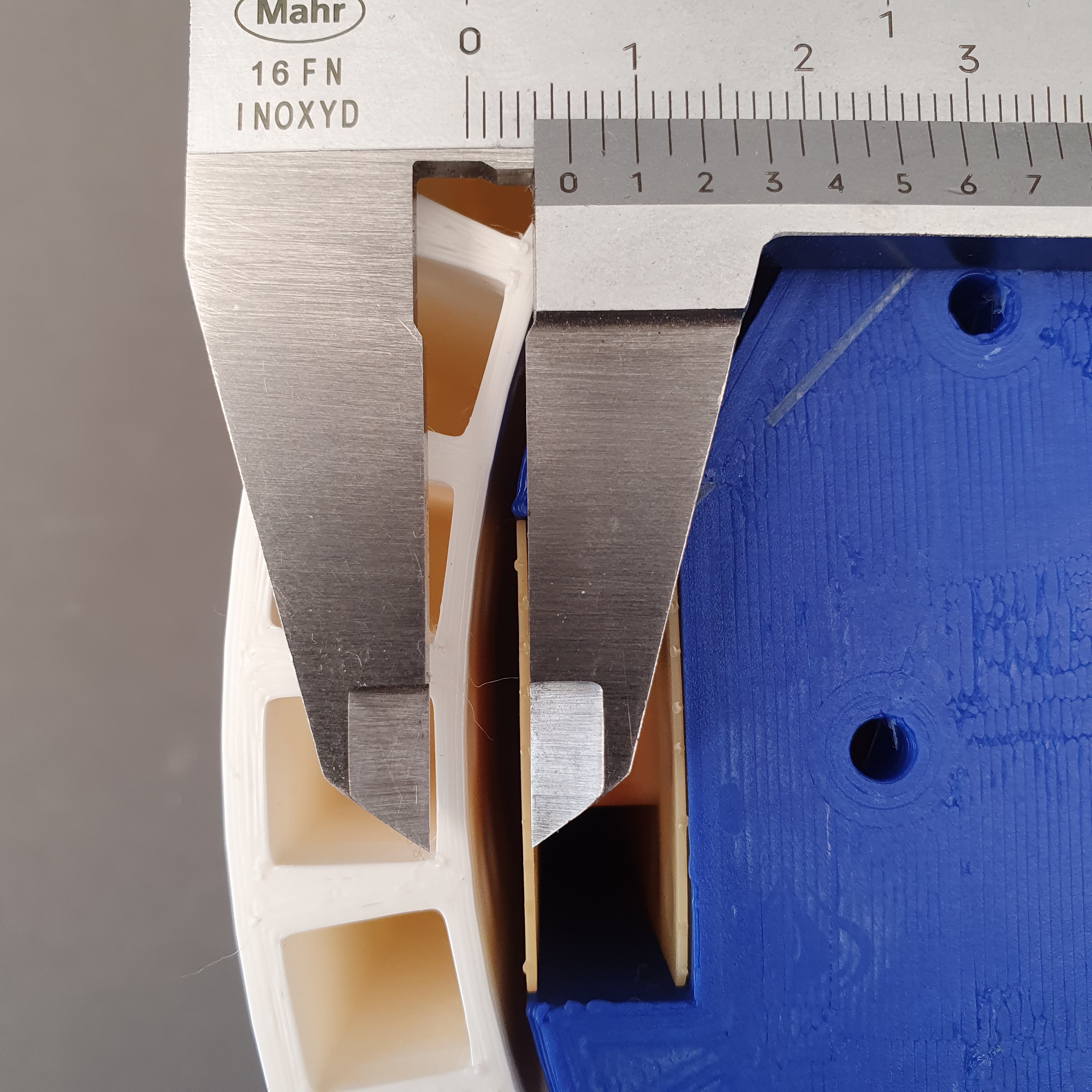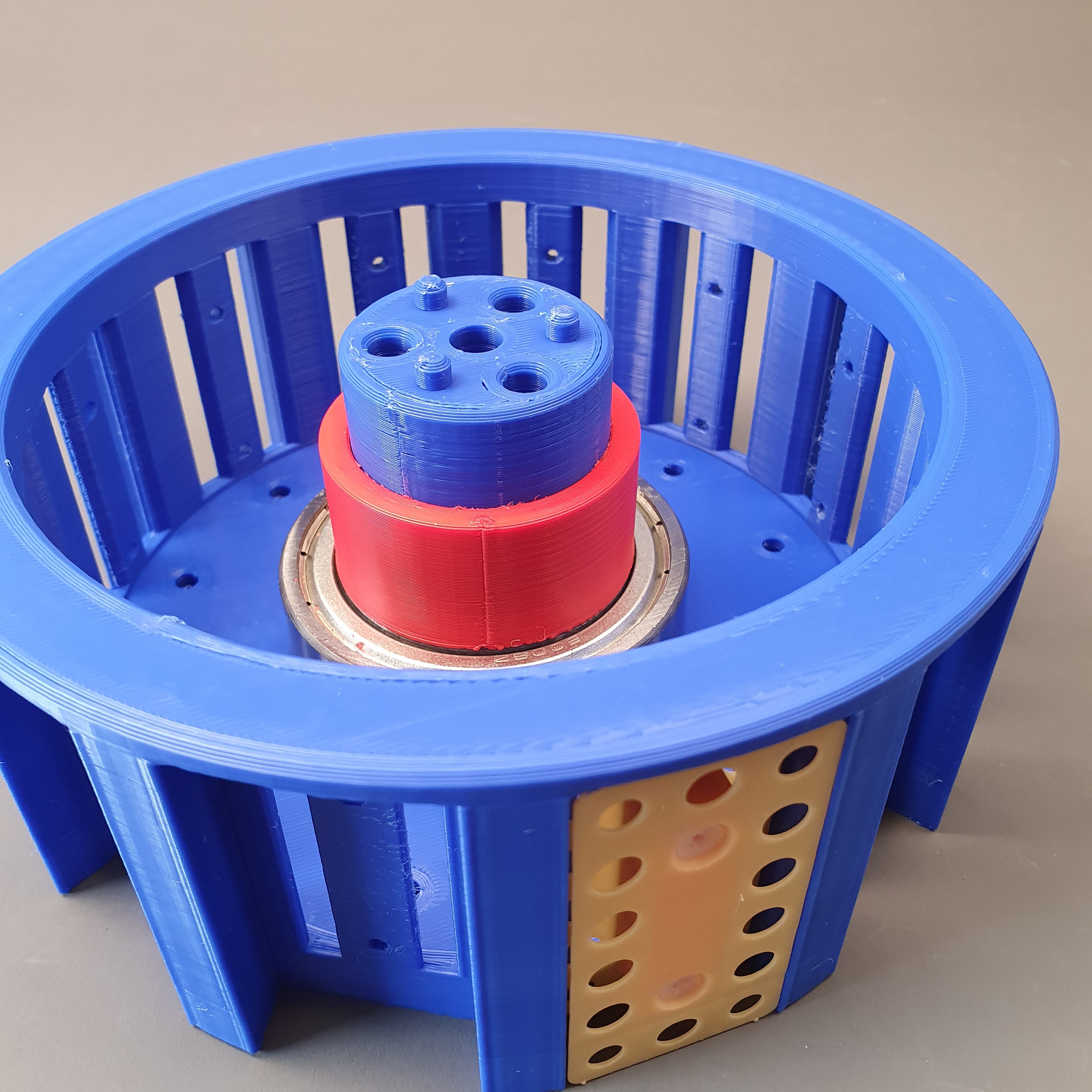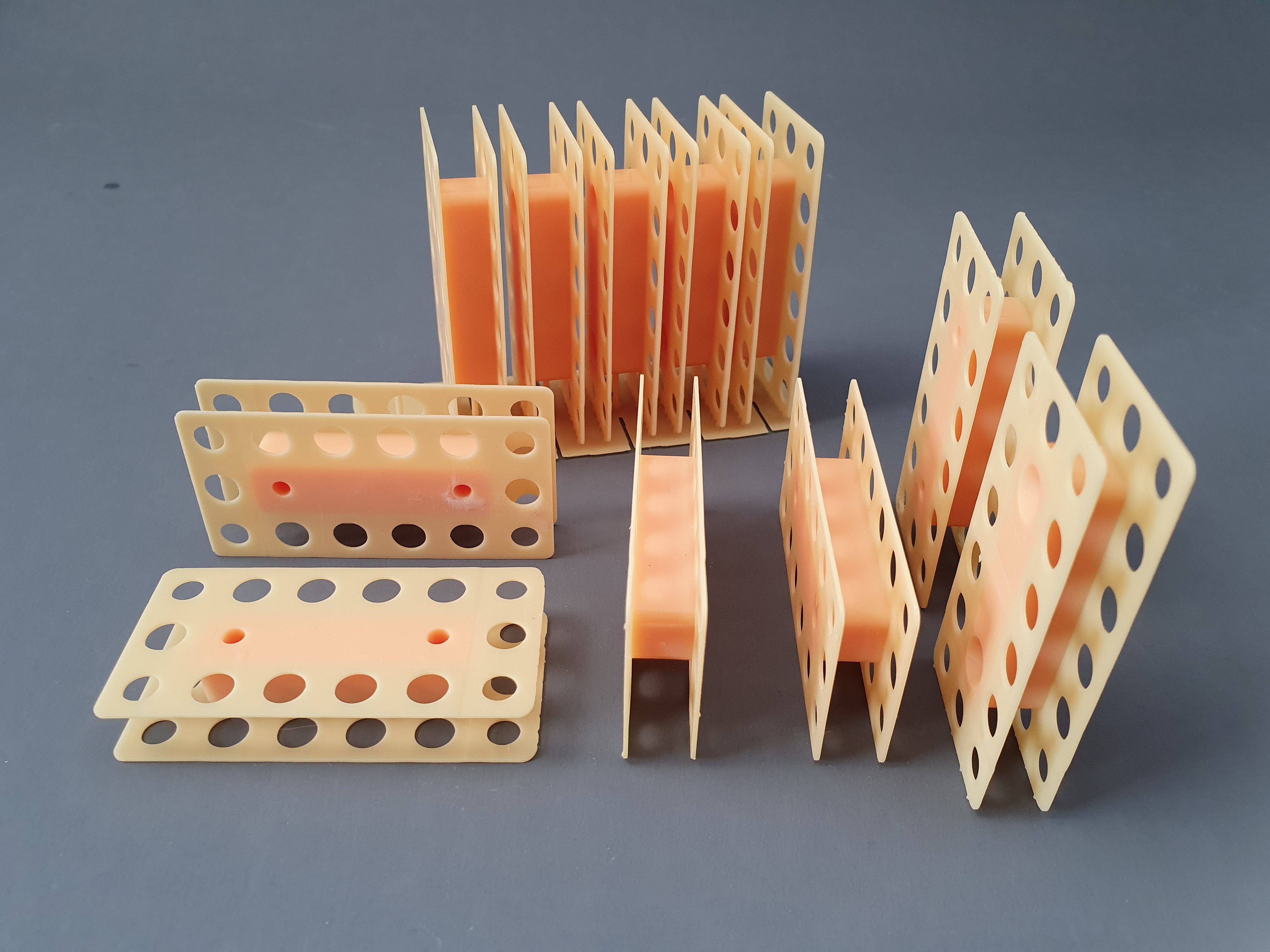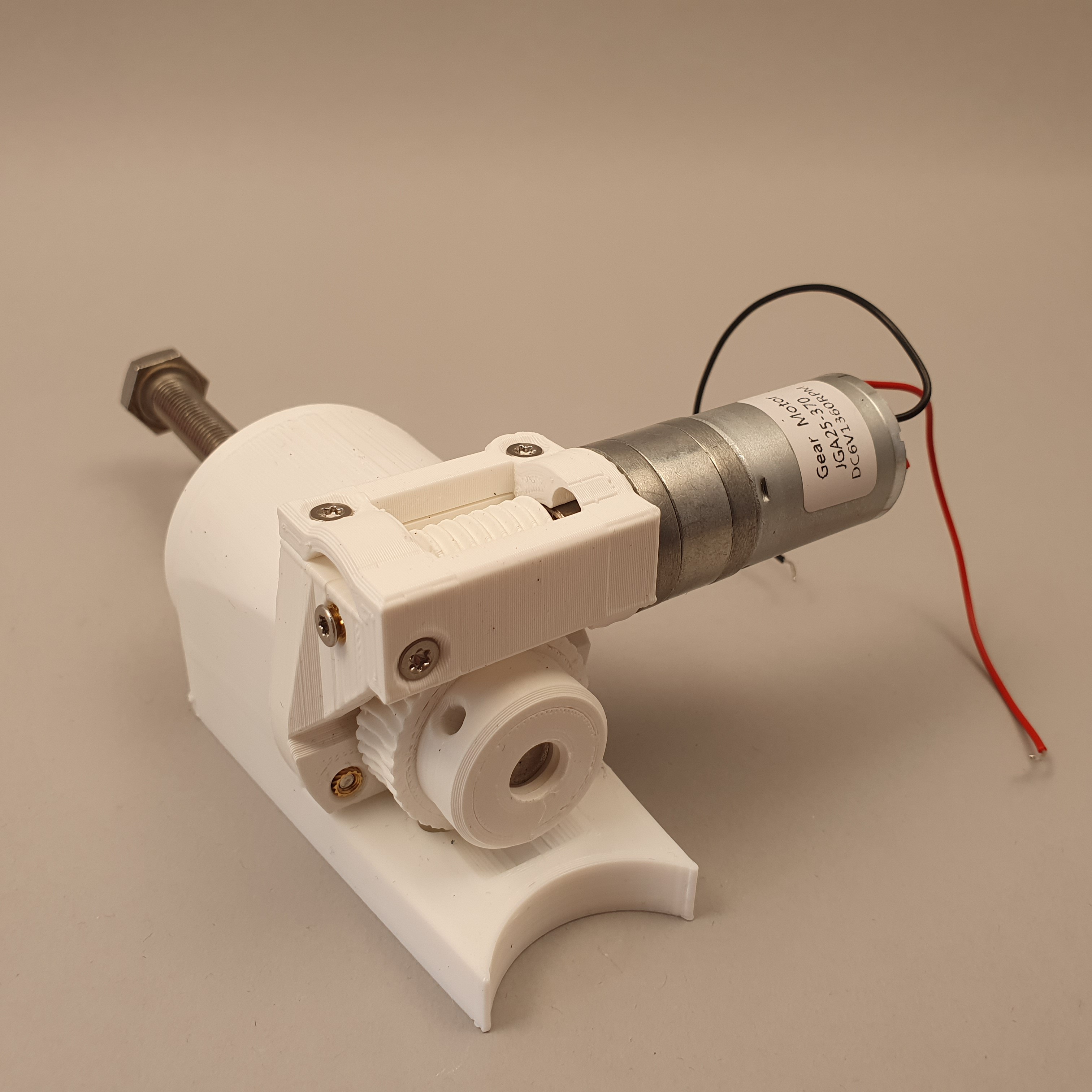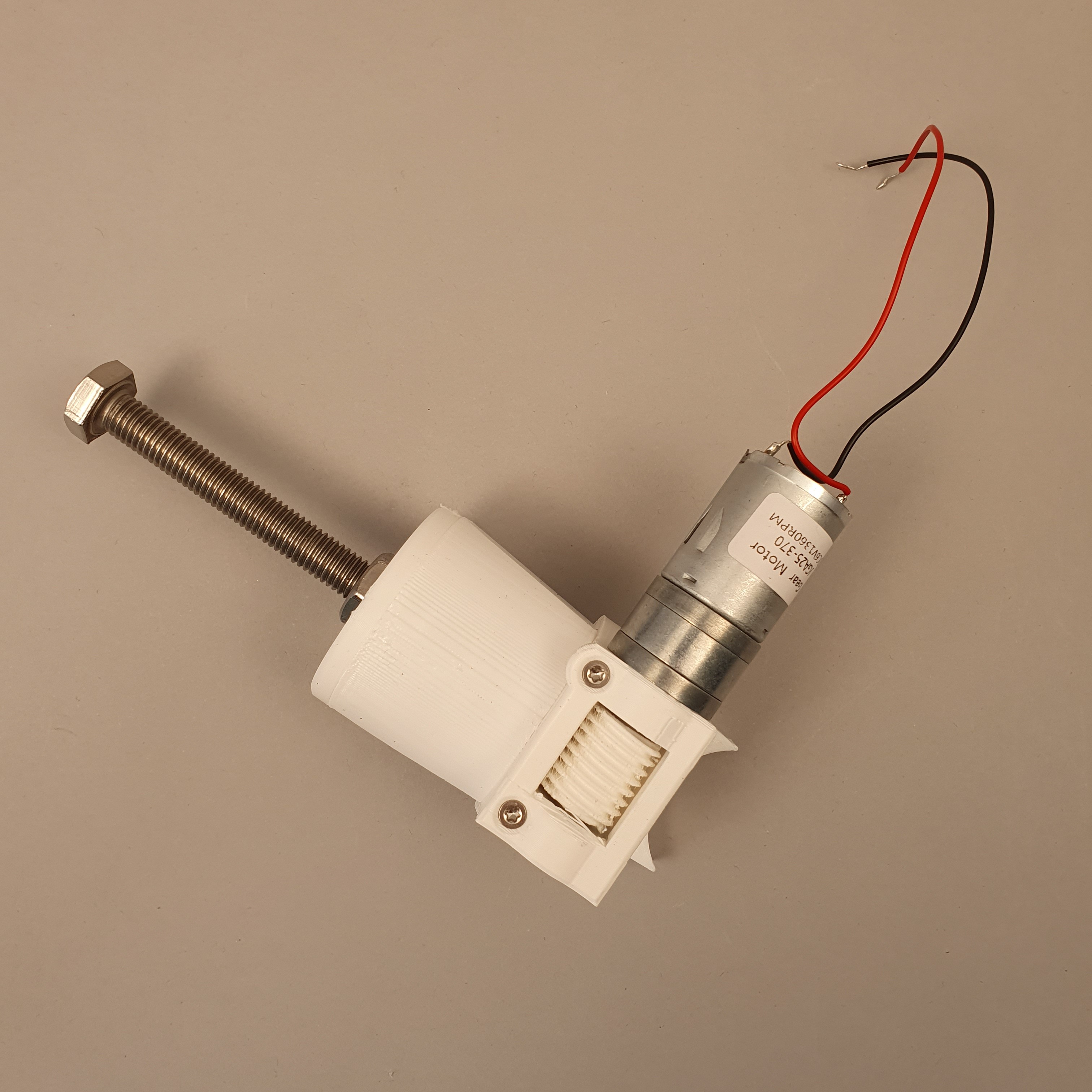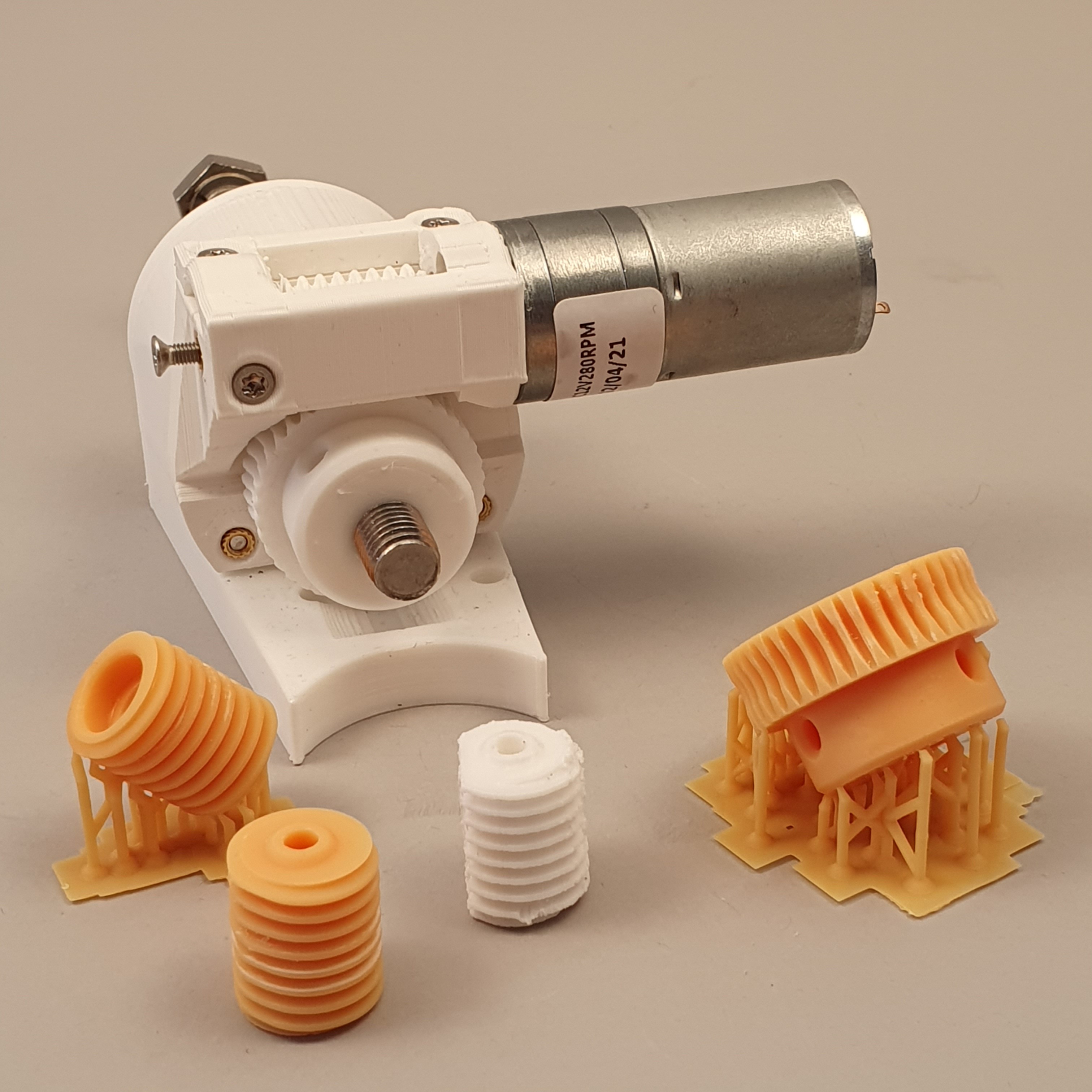-
Let's decentralize production of decentralized energy production
04/30/2022 at 19:32 • 0 commentsWhy I believe a concept like WinDIY is needed to face current energy problems
I believe that in many countries the challenges of climate change and the associated transformation to a society based on renewable energies have been overslept.
“Not changing” was very convenient for a long time and only in recent years has it become increasingly clear to society that we need to change. For a long time it was thought that "a little" adjustment would be enough. And actually only under the condition that personal energy consumption can continue as before. Of course, the world shouldn't end, but nobody really want to adapt either.
Unfortunately, we are now seeing more and more that this did not work. In addition to massive bush fires in Australia, Russia and the USA, and even greater shortages of drinking water in African countries, "one time events" such as floods and temperature records are also occurring more and more often in more and more regions of the world.
So it is scientific proven that we have to do something. Unfortunately not only that. It is also visible that we have already waited almost too long to start the change. After the problems of increasing global warming have been talked about for a long time, climate change is no longer a repressible luxury problem.
In the meantime, politicians have also understood this (also due to elections and the changes in the governing parties as a result) and have begun to make plans. For example, the German government recently decided to increase the share of renewable energy in the energy mix to 80% by 2030. The responsible Minister "Robert Habeck" says himself that this is "mega ambitious". In order for this to succeed, we face several major challenges.
One thing is clear: We need decentralized energy production through wind and solar parks that are set up where it is possible. Not really a big challenge if you started early enough. Unfortunately we have not done that.
Wind and solar parks now have to be planned under great time pressure, developed if necessary and then also built by specialists. This is where another limiting factor comes into play: skilled workers and production facilities. The people on earth can only build as many wind and solar parks as they can produce parts for and/or have skilled personnel to put them into operation.
![Planned development of renewable energy production in germany Planned development of renewable energy production in germany]()
In the top diagram you can see the planned development of wind power until 2030 in germany. Source: https://w3.windmesse.de/windenergie/news/39544-robert-habeck-bmwi-energiewende-bilanz-deutschland-klimaschutz-umweltschutz-windbranche-solarbranche-verband-optimismus-klimaziel This problem will intensify as soon as the installation of wind and solar farms starts globally all over the world. Think back to the time when facemasks were needed all over the world and an unnoticed dime article became an overpriced global luxury item overnight.
So what do we do if there is also a production shortage of renewable energy technology in the near future?
I believe the solution to the necessary transformation is not just the decentralized production of renewable energy. I believe it also consists of being able to produce the necessary technology in a decentralized manner.
I believe a lot of people want to help fight climate change. At the same time, they also feel helpless because they don't know how to help effectively. With concepts like WinDIY (or printon_turbine), everyone could help to transform the energy production of our society to a better one.
So it is no longer just experts who can effectively fight climate change. We all could.
-
Latest tests and adaptions (to the hub)
04/28/2022 at 17:09 • 0 commentsYou may have noticed that, in addition to the first version of the hub including pitch actuator, I have now also designed a second variant (with which I am much happier).
![]()
First version of the hub. Incl. a dc motor, worm gear, diametral magnet and a magnetic rotary encoder (for every blade!). Even if the first version works, I noticed (at the latest) during assembly that the construction is a bit over-over-engineered. Yes, one could have guessed it beforehand, but in this case it was reality that bumped me over to conviction.
Because it was only during the (due to the many parts) quite complicated construction that I noticed that it is totally nonsensical to be able to adjust each wing independently of each other. Ultimately, the angle of attack is always adjusted for all wings at the same time. So why should you install three servomotors including sensor electronics if ultimately all wings should have the same angle of attack anyway?
Right. I didn't know why either. That's why I started with a complete redesign of the hub.
In this design I only use one actuator and one position sensor. The position sensor was (also due to the shortage of chips) exchanged with a simple 270° potentiometer. I have also integrated a small reduction gear for the position feedback so that the approx. 270° setting angle of the potentiometer can be used for the entire measuring range. In this way, the possible blade angle range is translated from approx. 60° to the 270° of the potentiometer. Ultimately, you can measure the set blade angle more precisely.Here are some videos and pictures that hopefully show how the new hub/pitch actuator shall work. In one of the videos you can also see the mechanism that will be used to mount the blades to the hub.![]()
![]()
The potnetiometer that is used to measure the blade position sits right below the tiny green gear. It is installed in the same housing that also contains the control electronics PCB. ![]()
Another view of the dc motor (incl worm gear) and the potentiometer/sensor gears. ![]()
So, I'm always looking for feedback. If you have anything, let me know about it. :)
-
First test of the blade mount system
04/15/2022 at 09:56 • 0 commentsAs with the first version of WinDIY, I want to connect the blades to the hub in such a way that it can be easily exchanged. So in the worst case you can quickly repair your turbine. For this purpose I designed a simple hexagonal plug-in socket, which is a bit tight but works in principle. The blade is then secured to the Hub using two screws, that will be completely hidden in the blade.
-
Current project state
04/15/2022 at 09:54 • 0 commentsAfter a little break I'm back at working on WinDIY_2.
So far I finished most parts of the CAD work. The design of the baldes was a bit challenging, because in contrast to WinDIY (the first version) I wanted to design the wings correctly this time. Correctly because in the previous design I used a blade design that was not tapered or in general adapted to the turbine.
This time I used the (free, huge thanks!) tool QBlade to adapt the design of the blade to the dimensions of WinDIY_2.
Below you can see some first impressions. :)
![]()
![]()
![]()
![]()
![]()
Beside of this I'm currently working on the hub controller PCB. Will post some infos about that in a seperate post. :)
-
Modular Anemometer for WinDIY_2 (and other projects)
04/15/2022 at 09:52 • 0 commentsIn the last few days I have been working on the first drafts for the anemometer of WinDIY_2. You can find the first information about this in the following project log: https://hackaday.io/project/180202-anemosens-sla-printed-anemometer
Since I've always wanted to build an anemometer anyway to be able to collect wind data for my weather station, I built the sensor modular so that it can also be used in other situations (e.g. a weather station).
I tried to make the wind sensor as compact as possible. The sensor electronics will be built into the 27mm thick shaft. Later I want to build an adapter board so that the wind data can then also be read via RS485 or USB. :)
![]()
I have almost finished the development. It will be used to sense wind direction and strength. This way WinDIY_2 can be pointed in the correct direction and shutdown/restarted if needed.
Of course you can also use it as a windsensor for your weatherstation. :)
I have summarized a few details in the following video. You can also find more information here: https://hackaday.io/project/180202-anemosens-sla-printed-anemometer
-
First assembly tests on the stator
04/15/2022 at 09:50 • 0 commentsThe last few days I also started the first assembly of the stator.
Actually, this was already the second version of the stator. For the first version, I had planned to insert the windings from behind into recesses in the stator. However, they could not be attached well that way. In addition, the heat dissipation would have been very poor because the coils were almost completely surrounded by the stator housing.
The new stator is constructed in such a way that the coils are placed in recesses from the outside and screwed together with two M3 screws. This makes the construction and the fastening even easier and the ventilation better. Additionaly this reduces the air gap between the coils and the magnets by approx. 2mm.
You can see more information, pictures and a video of the installation of a coil insert in the following section.
![]()
View of the first stator version (top), the second stator version (bottom) and the stator (white). ![]()
Rotor including inserted stator (first version) ![]()
Gap between magnets and coils on the first stator version ![]()
Gap between magnets and coils on the second stator version ![]()
Stator including assembled winding insert ![]()
Prepared winding inserts -
Load test of the pitch actuator aka worm gear
04/15/2022 at 09:49 • 0 commentsPossibly you remember the last construction of the pitch actuator for the first version of #WinDIY.
(If not you can see it for example here: https://hackaday.io/project/172328-windiy-hawt-wind-turbine/log/181897-pitchaktor-mark2-mark3-and-mark4)
At that time I built four versions because after each version I thought that I had now found the perfect design (which of course I didn't have).
That's why I want to test the new design more this time before using it in the final design. For this purpose I built a small test setup with which I can test the torque of the pitch actuator. I printed a wheel with a radius of 10cm and attached a rope to it. In order to determine the maximum torque I have attached various weights and determined at which weight the gearbox is blocked. The torque can then be calculated using the weight force of the attached weight.
Result: The pitch actuator is strong enough for my application. But of course every gear also has a final boss. :)
The heaviest wheight was about 3kg. At that point I did also end the test since this should be already more than sufficient. :)
You can see the a summary of the test in the following video
-
New pitch actuator
04/15/2022 at 09:48 • 0 commentsIn the first version of WinDIY I installed a pitch actuator. With this it was possible to adjust the angle of attack of the wings.
Unfortunately, the build was very complex and large. (You can find more information here: https://hackaday.io/project/172328/log/181897-pitchaktor-mark2-mark3-and-mark4 )
So I want to use a different system for the new version. I'm currently working on a 3d printed worm gear. Three of these should then be installed in the hub of the turbine in order to adjust the blades directly.
You can see the working prototype in the video below. This construction has several advantages:
- the wing can be adjusted much faster
- the mechanism is self-locking
- the mechanic has much less play
- easier to set up
Here is the promised video and a few pictures. :)
![]()
![]()
![]()
 Fabian
Fabian